Over the years, I’ve made some interesting connections through my involvement with Civil Air Patrol. As the North Dakota Wing Commander, my travels to national and regional conferences have introduced me to new people and places. It’s been an interesting and busy three-and-a-half years. In April, I’ll be ready to hand over the wing to my successor. But I digress…
At our National Conference a couple of years ago, I met the National Chair of the Air Cadets League of Canada. That was my first inkling that Canada has a cadet program similar to Civil Air Patrol’s program. At that time, he mentioned family connections in Minot, North Dakota. Fast forward to this summer when I heard from the Manitoba Chair of the Air Cadets League, Mr. Vern Toews. He reached out to the commanders from North and South Dakota and Minnesota. I learned that there are Canadian and American cadets from the two organizations who meet regularly in various international gatherings. Mr. Toews is reaching out to our nearby wings to share information about their cadet program, learn about ours, and to potentially develop a joint activity in our area.
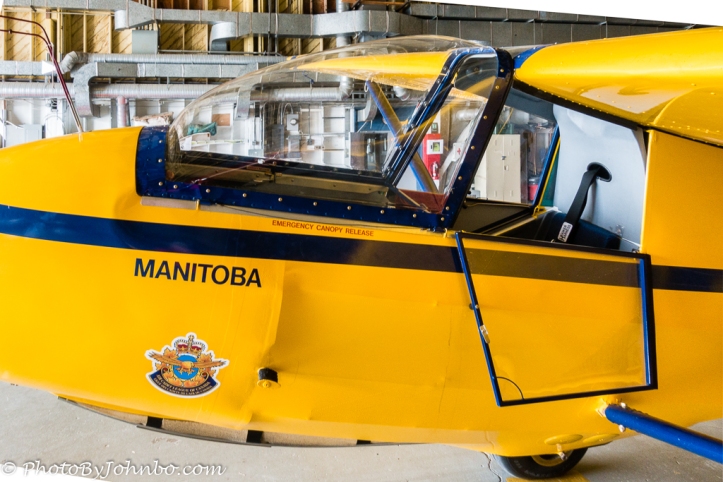 So in late July, my wife and I were on the road headed toward Winnipeg. It would be our first visit to the capital of Manitoba since our son and daughter were in school, well over 30 years ago. Our invitation included visits to one of the sites where cadets are provided flight training in a powered aircraft and to the Regional Gliding School and Training Center at Gimli, just a few miles from Winnipeg.
So in late July, my wife and I were on the road headed toward Winnipeg. It would be our first visit to the capital of Manitoba since our son and daughter were in school, well over 30 years ago. Our invitation included visits to one of the sites where cadets are provided flight training in a powered aircraft and to the Regional Gliding School and Training Center at Gimli, just a few miles from Winnipeg.
Our visit with Mr. Toews included some sightseeing around Winnipeg as well as some discussion as to what his vision might be of a joint activity involving Air Cadets and Civil Air Patrol (CAP) cadets. After our two-day stay at 17 Wing Headquarters, a Canadian Air Force Base, Lynn and I spent a couple of days checking out some of the sights around Winnipeg. Of course, in a future Travel Tuesday, I will be sharing photos featuring those travels. For today’s post, I will share some photos and things I learned about the Air Cadet League. The image immediately above features one of the training gliders.
Our first stop brought us to a small airport at Steinbach, Manitoba, slightly less than an hour’s drive southeast of Winnipeg. A small fleet of Cessna 152 aircraft awaited the group of Air Cadets in pilot training. One of the major differences between CAP and the Air Cadet League is our missions. CAP has three missions, Aerospace Education, Emergency Services, and Cadet Programs. The Air Cadets League is part of a triumvirate of cadet programs, land, sea, and air programs that develop in youth the attributes of good citizenship and leadership, promote physical fitness and stimulate the interest of youth in the sea, land and air activities of the Canadian Forces. When it comes to cadet programs, our CAP cadet program is strikingly similar.
Outside the small airport training center, cadets were arriving and departing with instructors or, as in the image above, preflighting an aircraft in readiness to depart on a training flight. Each year, a small number of highly qualified cadets are given flight training scholarships that lead to a private pilot in either a powered aircraft or a glider. Though CAP offers opportunities for cadets in flight training, it appears at first glance that the Air Cadet League has a stronger program in cadet pilot training than CAP.
I learned that for a short time each summer, Harv’s Air, a local flight training center with facilities at St. Andrews and Steinbach shifts gears to focus exclusively on Air Cadet pilot training. We met with the lead instructors at the school as well as the Air Cadet League members responsible for supporting the cadets during their resident training.
 I also had the opportunity to meet with several of the cadets who were there for powered flight training. That’s me, the oldest “cadet” in the front row. The gentleman in the white shirt is Mr. Vern Toews, the Chair of the Air Cadets League of Manitoba.
I also had the opportunity to meet with several of the cadets who were there for powered flight training. That’s me, the oldest “cadet” in the front row. The gentleman in the white shirt is Mr. Vern Toews, the Chair of the Air Cadets League of Manitoba.
The next day Mr. Toews picked us up at the air base guest residence hotel for the drive to Gimli, about an hour from our hotel. Gimli is located on the shore of Lake Winnipeg, Canada’s fifth largest lake, The small town of some 6000 residents made its mark in aviation history as the landing airport of the “Gimli Glider”, a Boeing 767 that ran out of fuel in flight on July 23, 1983. The pilot, an experienced glider pilot, safely brought the aircraft to rest with minimal damage on the field of the former airbase at Gimli… but that’s a digression for a future Travel Tuesday.
The fleet of gliders in the photo above should all have been out on the flight line, but the winds were too strong that day for flight training. The cadets in pilot training were all in classes working on ground training portions of the curriculum. It would have been much more fun for us to see flight training in action, but it was not to be on this day.
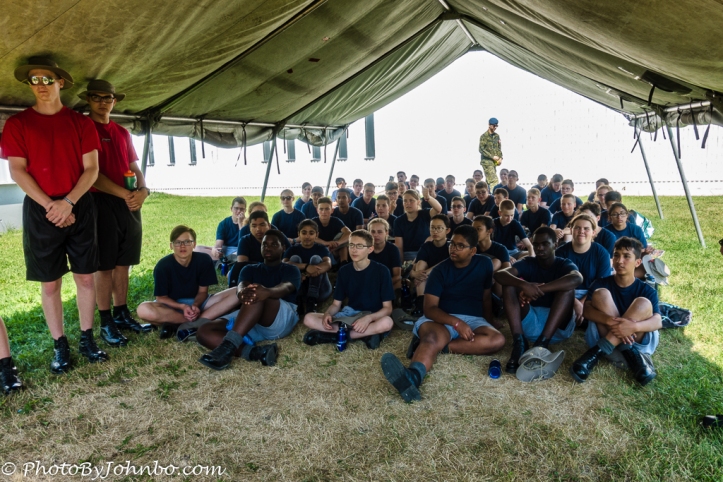 In addition to the flight training, the center holds other cadet training programs at Gimli. As it happened, graduation was close at hand for the group of cadets in the image above. The Basic Aviation Technology and Aerospace (BATA) class met in a group, their red-shirted leaders nearby. Their meeting was interrupted to introduce me and Lynn. I told them a bit about CAP and answered several questions from the cadets about our program and how it compares to theirs. I then had the opportunity to watch a few minutes of their Christmas in July festivities, a celebration that happens at the end of the BATA training each year.
In addition to the flight training, the center holds other cadet training programs at Gimli. As it happened, graduation was close at hand for the group of cadets in the image above. The Basic Aviation Technology and Aerospace (BATA) class met in a group, their red-shirted leaders nearby. Their meeting was interrupted to introduce me and Lynn. I told them a bit about CAP and answered several questions from the cadets about our program and how it compares to theirs. I then had the opportunity to watch a few minutes of their Christmas in July festivities, a celebration that happens at the end of the BATA training each year.
During the program, I saw one of the youngest cadets receive the honor of “Commander of the Day”. This year’s appointee appeared to have some misgivings about her new role as she received the promotion befitting a commander. She then joined us and the rest of the officers as we continued our tour of the facilities. Of course, several major decisions would await the young commander before her day as commander would be over.
Our last stop for the afternoon was back in the glider hangar where pilot candidates were getting some training on the aircraft they fly. If the hangar appears dark, that’s because a few days earlier a wind storm came through and damaged the roof of the hangar. That in turn damaged the building’s electrical system. For the time being, the hangar didn’t have electricity.
At Gimli,, my hosts for the day are featured in the photo above. From left to right, LCol Denis Letellier, Commander Regional Cadet Support Unit (Northwest); Col John Steiner, North Dakota Wing Commander, Civil Air Patrol; Acting Cadet CWO Joy Rinas from 38 RCACS in Prince Albert, SK.; LCol Randy Fisher, Commander Gimli Summer Training Centre; Cadet CWO Akruthi Balaji from 825 RCACS in Yellowknife, NT; Mr Vern Toews, Chair of the Air Cadet League of Manitoba.
As of this writing, Mr. Toews and I are working toward a joint activity involving cadets at the border between North Dakota and Canada. As with the cadets I see in Civil Air Patrol, the cadets I met in Manitoba will no doubt be leaders in their respective communities partly through the leadership training they receive and certainly through their own initiative and work ethic. I submit for your review a gallery of images captured during my visits to the flight training facilities. As usual, most browsers support selecting an image to enlarge it and to scroll through the gallery.
John Steiner

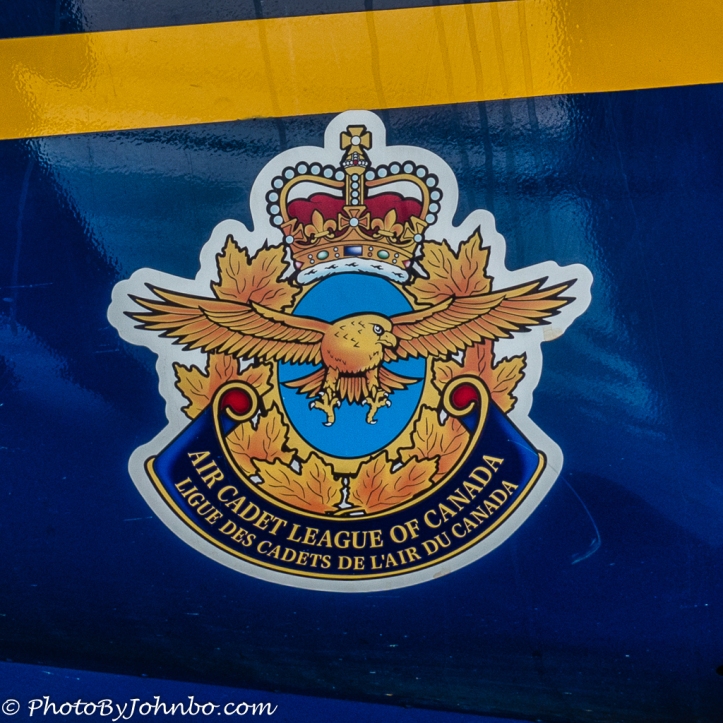
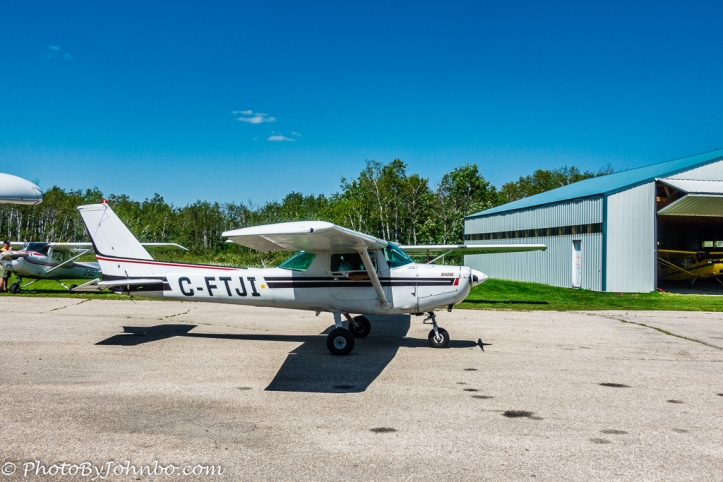
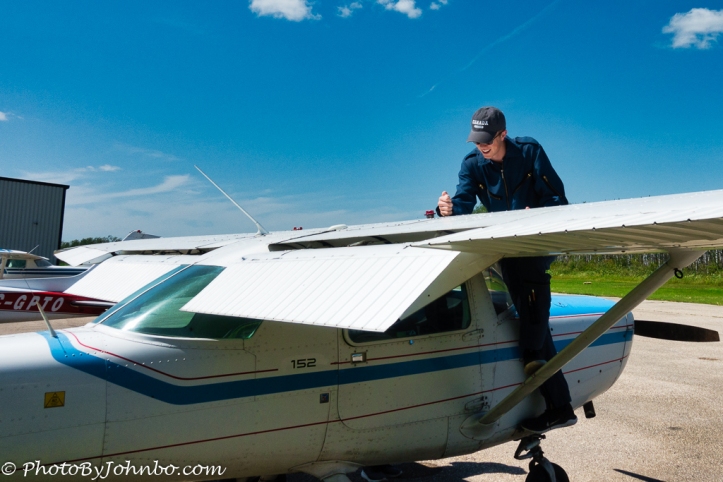

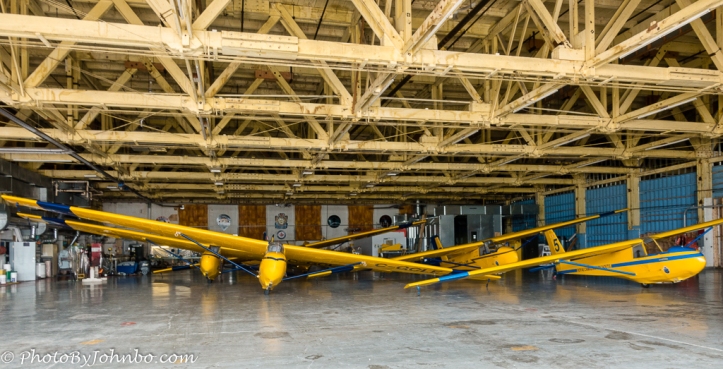
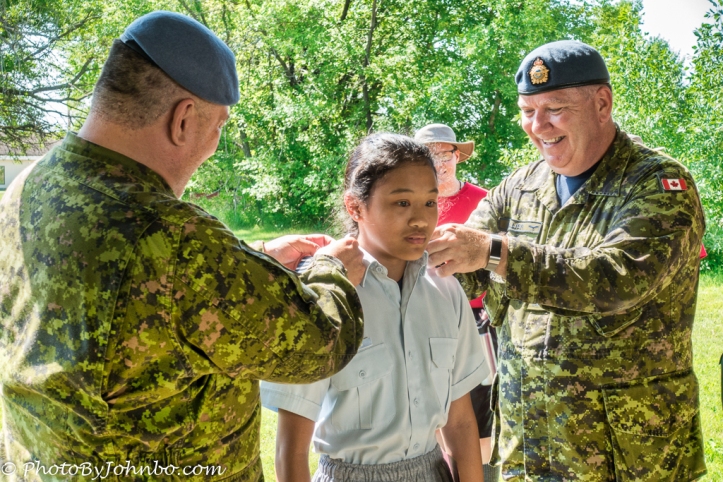
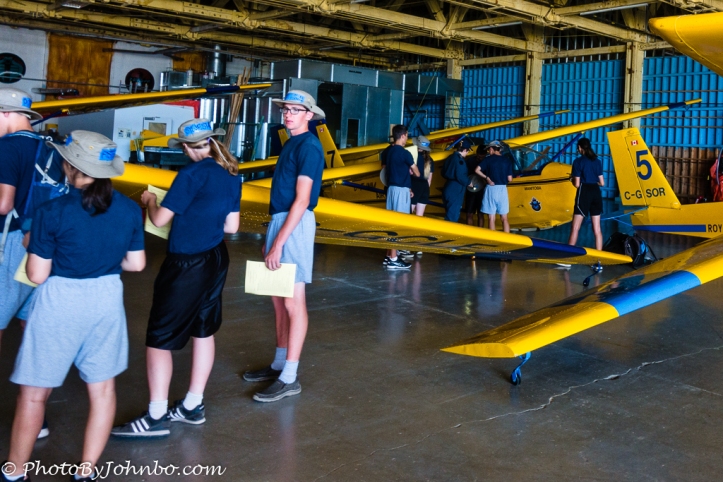



















Tres Interessant. Sorry, didn’t have the patience to include the accents in the right places…
Oui, mon ami! 🙂 Merci.
John, this is a wonderful post! My old stomping grounds (Winnipeg). I used to work at 17 Wing, CFB Winnipeg! Cher xo
Cool! It’s been a long time since we were there. We enjoyed our visit so much, we are looking forward to going back again soon.
Ah, well that is music to my ears!! I’m so happy to hear that, John! Cher xo
Sounds like an informative trip!
Indeed it was. In a few weeks, we will share what else we saw while in the city.